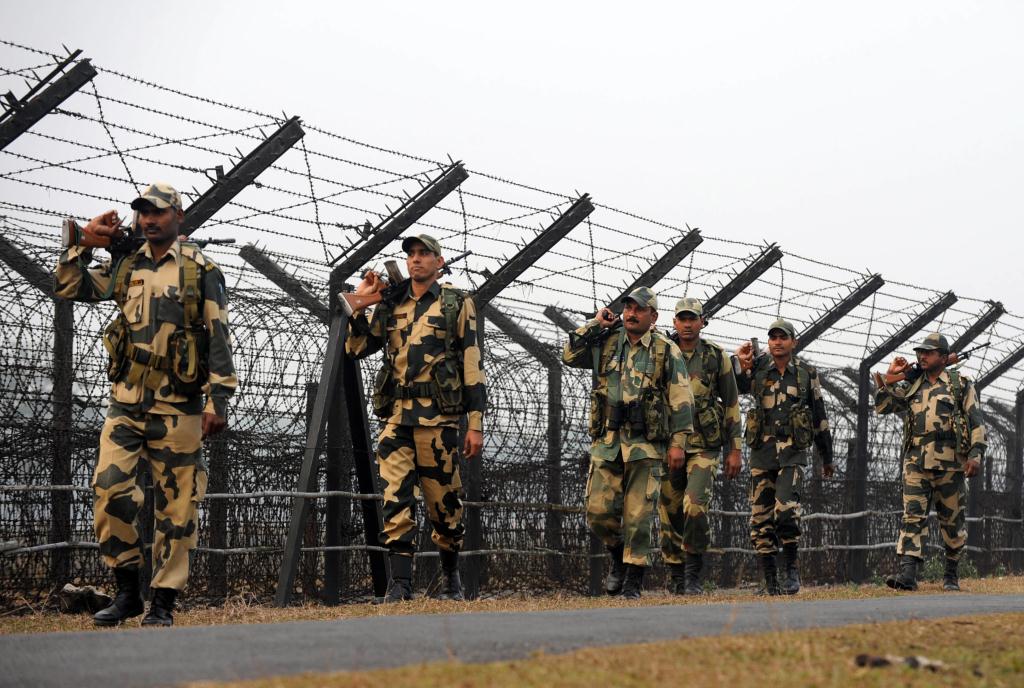November 15, 2012
Defense spending in Asia has doubled over the past decade due to increase in defense budgets for countries such as India, China and Japan. India’s expenditures have increased to $37 billion, the third highest in the region.

November 15, 2012
Defense spending in Asia has doubled over the past decade due to increase in defense budgets for countries such as India, China and Japan. India’s expenditures have increased to $37 billion, the third highest in the region.

Defense spending has doubled in Asia over the past decade, according to a new study by the Center for Strategic and International Studies (CSIS), a bipartisan, nonprofit U.S. think tank.
The spending increased rapidly, especially during the last five years, to reach a total in the region of $224 billion in 2011. China, Japan, India, South Korea and Taiwan accounted for 87 percent of all expenditures, with China the top defense spender since 2005 when it overtook Japan.
China's expenditures have grown to $89.9 billion, with Japan second highest at $58.2 billion and India third at $37 billion. These figures may be underestimates, the study noted, since not all spending may be completely transparent. While this level of spending does not compare to the leaps in spending during the Cold War, when the United States and the Soviet Union spent increasingly large sums on defense, the redirection of economic resources is a seismic shift in the priorities of Asian governments. The higher priority of defense spending places a tremendous burden on already-strained economies throughout the region.
Part of the overall increase in defense spending can be attributed to shifts in exchange rates, since most of the defense purchases are from the U.S. and European countries, and are transacted in dollars. Another factor in the rise in spending is a different way of accounting that included a wider range of spending, including procurement, research and development, personnel, operations and maintenance, and military construction.
No matter how the totals are calculated, though, the defense spending constitutes a significant part of every Asian country's budget at a time when their economies are no longer thriving. That means less investment in more productive aspects of Asian economies.
The purchase of fighter jets, whether from overseas or domestic arms suppliers, in most cases has little impact on the economic growth of civilian sectors. Investing in jobs programs, education and infrastructure contributes to economic growth far more than the procurement of high-priced weapons systems.
China and India's ongoing difficulties with income gaps, poverty and corruption, all of which stifle economic growth, will be resolved more slowly because of their enormous expenditures on defense. The ability of Asian countries to provide services that benefit citizens directly is hindered by their defense spending. If even a small portion of these defense budgets was transferred to non-military areas that contribute to economic growth, the quality of life for people would be greatly improved throughout the region.
As Asian countries play a greater geostrategic role in the world, the types of investments made now will determine the future direction of each economy and its overall security. Spending on education, health and social programs provides greater regional stability than defense expenditures do.
Asian governments should strive to provide security for their citizens by establishing better relations with their regional neighbors, not by buying more weapons.
Courtesy: JapanTimes
















































































































